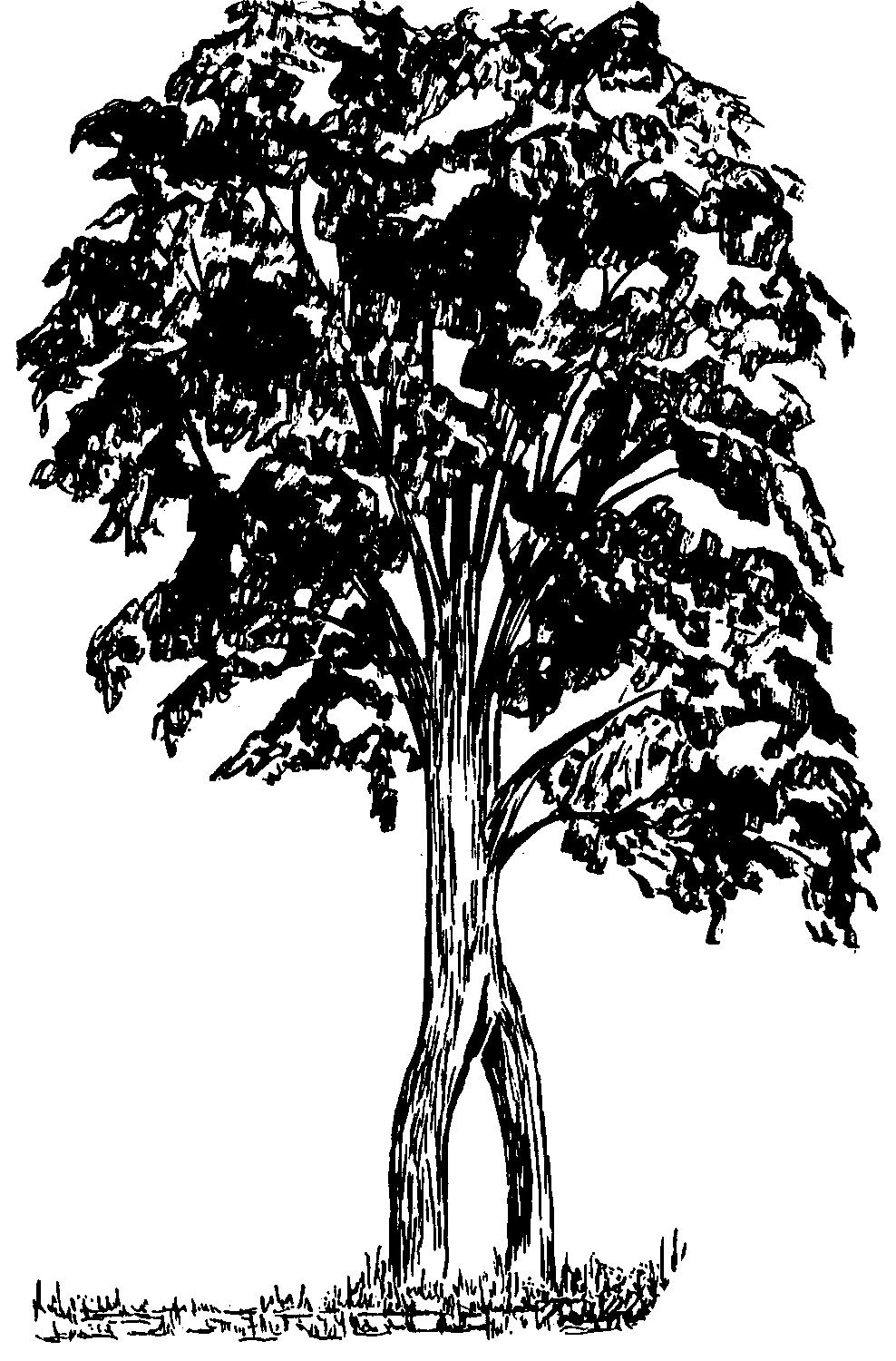
Glanbrook Heritage Society
History of Glanbrook
The Township of Glanbrook (1974-2000) was formed by amalgamation of two of Wentworth County's original townships, Binbrook and Glanford. Under Governor John Graves Simcoe, the Niagara area of Upper Canada was surveyed and opened for settlement in the late eighteenth century. By 1792, the future Glanbrook was part of the Home District, subsequently divided and became part of the Gore District. Wentworth County was one of several counties in the district, with two of its townships being Binbrook and Glanford. The names, like most of the Niagara area, were a reflection of Governor Simcoe's native Lincolnshire, England.
Districts of local government lasted until 1849 when the Harrison Act abolished districts and brought in the county council system across Upper Canada. By 1854, Wentworth County consisted of the townships of Ancaster, Barton, Beverly, Binbrook, East Flamborough, Glanford, Saltfleet and West Flamborough. Within the boundaries of the original Barton Township was the "slumbering giant", the City of Hamilton.
Binbrook and Glanford remained basically the same until 1974, when the provincial government decreed that some municipal areas would be enlarged in a regional-type system. Binbrook and Glanford were amalgamated into a new township of Glanbrook. The other municipalities were the towns of Ancaster,Dundas, Flamborough; cities of Hamilton and Stoney Creek. These were part of the Regional Municipality of Hamilton-Wentworth, which lasted until 2000.
Once again, the province decided to create new super-cities and Glanbrook disappeared politically into the expanded City of Hamilton. Remnants of the previous townships still exist in the form of businesses, groups and organizations that still retain the names of Binbrook, Glanford and Glanbrook.
July, 2007
Charitable Registration # 0673681-50
© Glanbrook Heritage Society 2012
Back to Main Page

